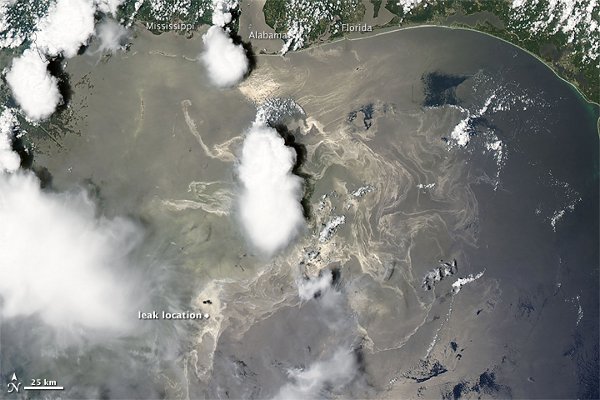![]()
![]() How do rivers erode bedrock streams, during big floods, and in the presence of groundwater? Laboratory and accidental experiments are providing some cool new insights.
How do rivers erode bedrock streams, during big floods, and in the presence of groundwater? Laboratory and accidental experiments are providing some cool new insights.
Johnson, J., & Whipple, K. (2010). Evaluating the controls of shear stress, sediment supply, alluvial cover, and channel morphology on experimental bedrock incision rate Journal of Geophysical Research, 115 (F2) DOI: 10.1029/2009JF001335
Take a moment to contemplate the title of this paper…experimental bedrock incision rate….how do you measure something like bedrock incision in an experimental setting? how do you measure it in time scales than can be accomplished in the laboratory? Johnson and Whipple figured out how to do it – building a weak concrete streambed in a flume at the National Center for Earth-surface Dynamics and then conducting a series of experiments to isolate each of the variables. Their study is related to question of the role of loose sediment in controlling the rates of bedrock river erosion. When does sediment act as a “tool” for erosion by banging into the river bed and abrading it, and when does sediment act as a “cover” for the river bed, protecting it from just such abrasion? Do these two effects create a trade-off suggesting that at some optimal level of sediment abundance, erosion rates are maximized? Johnson and Whipple’s experiments showed that erosion rates increased linearly with sediment flux , but decreased linearly with the extent of sediment cover. They also demonstrated that the extent of sediment cover was function of the ratio of sediment flux to sediment transport capacity, although it was sensitive to local topographic roughness. Their experiments also showed some interesting patterns of how bed roughness develops from focused erosion in interconnected topographically low areas (e.g., @colo_kea’s great video of the Skagway River), but that this development was muted by variations in discharge and sediment flux.* Also note that Johnson, Whipple, and L. Sklar have another new paper out, contrasting rates of bedrock incision from snowmelt and flash floods in Utah’s Henry Mountains. That paper is in GSA Bulletin.
Lamb, M., & Fonstad, M. (2010). Rapid formation of a modern bedrock canyon by a single flood event Nature Geoscience, 3 (7), 477-481 DOI: 10.1038/ngeo894
In 2002, a dam overspill in Texas created a 7 m deep, 1 km long gorge in jointed bedrock and this article by Lamb and Fonstad examines the mechanics of gorge formation and the importance of plucking as erosional mechanism. Brian Romans (Clastic Detritus) has written a nice post on this article and how it links to ideas of uniformitarianism and Kyle House posted before and after photos at Pathological Geomorphology.
Pornprommin, A., & Izumi, N. (2010). Inception of stream incision by seepage erosion Journal of Geophysical Research, 115 (F2) DOI: 10.1029/2009JF001369
An experimental study in layered sediment showed that seepage-drive scarp retreat was a function of the discharge per unit area and “a diffusion-like function that describes the incision edge shapes.” That diffusion-like function was then related to the weight of the failure block and hydraulic pressure. This paper potentially has some insights for thinking about landscape evolution in groundwater-rich areas (like I tend to do) and for those interested in slope stability analyses.*
* Please note that I can’t read the full article of AGU publications (including WRR, JGR, and GRL) until July 2011 or the print issue arrives in my institution’s library. Summaries of those articles are generally based on the abstract only.





Nice plan for content warnings on Mastodon and the Fediverse. Now you need a Mastodon/Fediverse button on this blog.